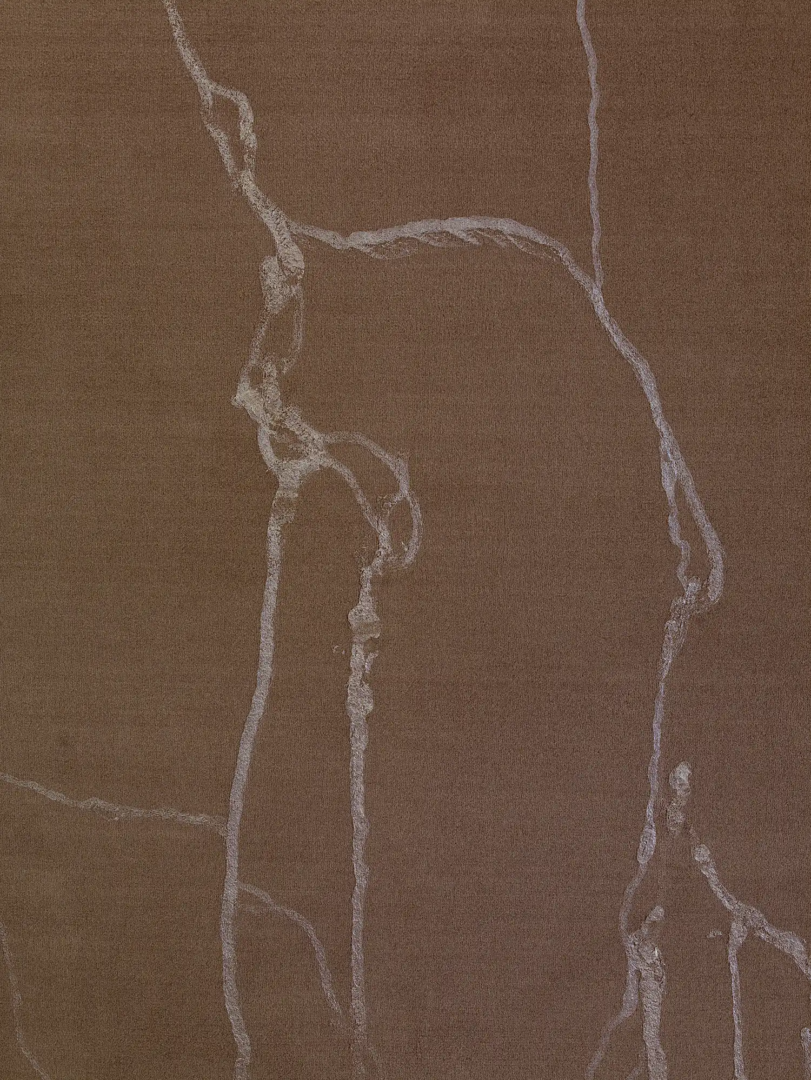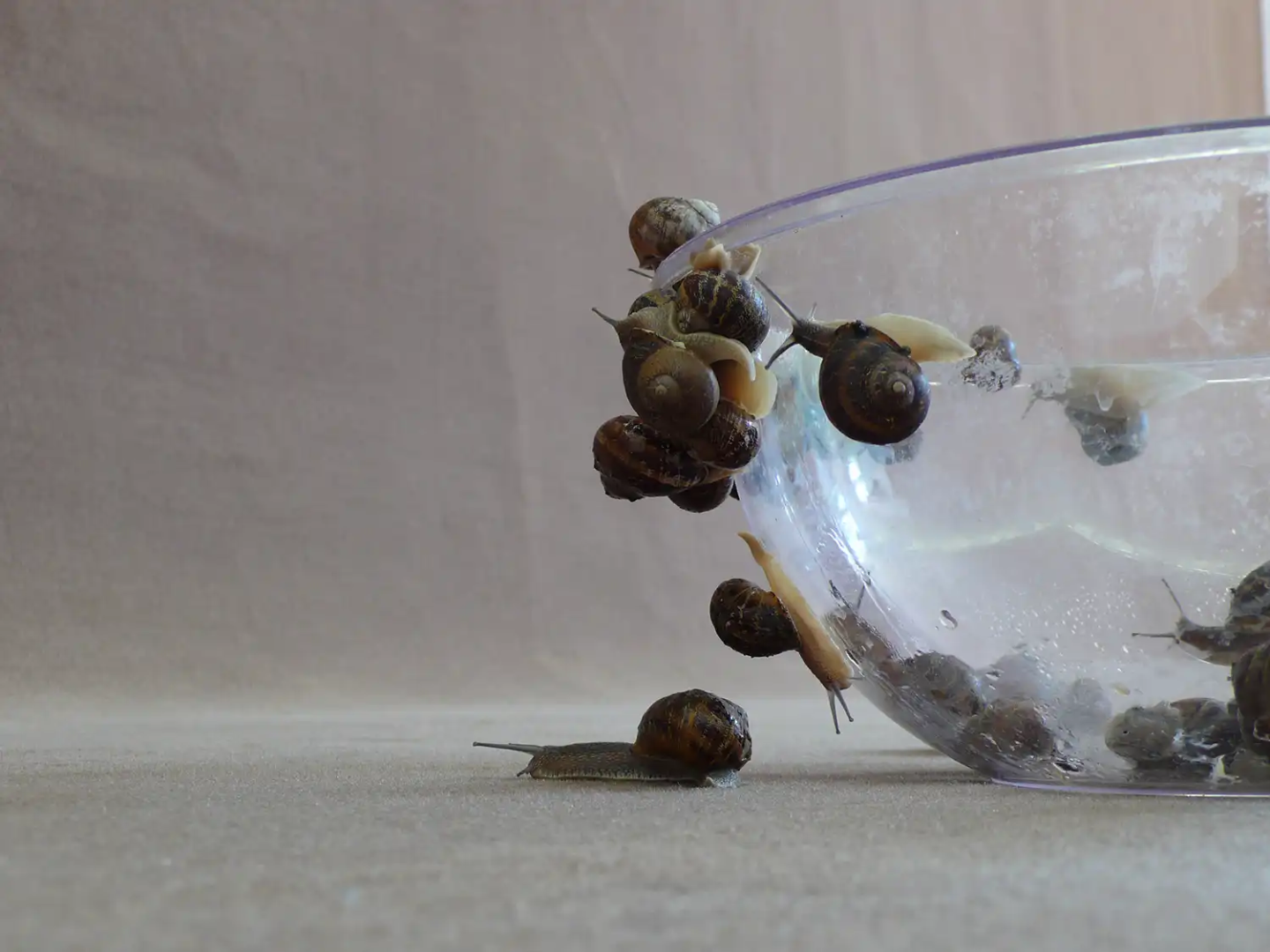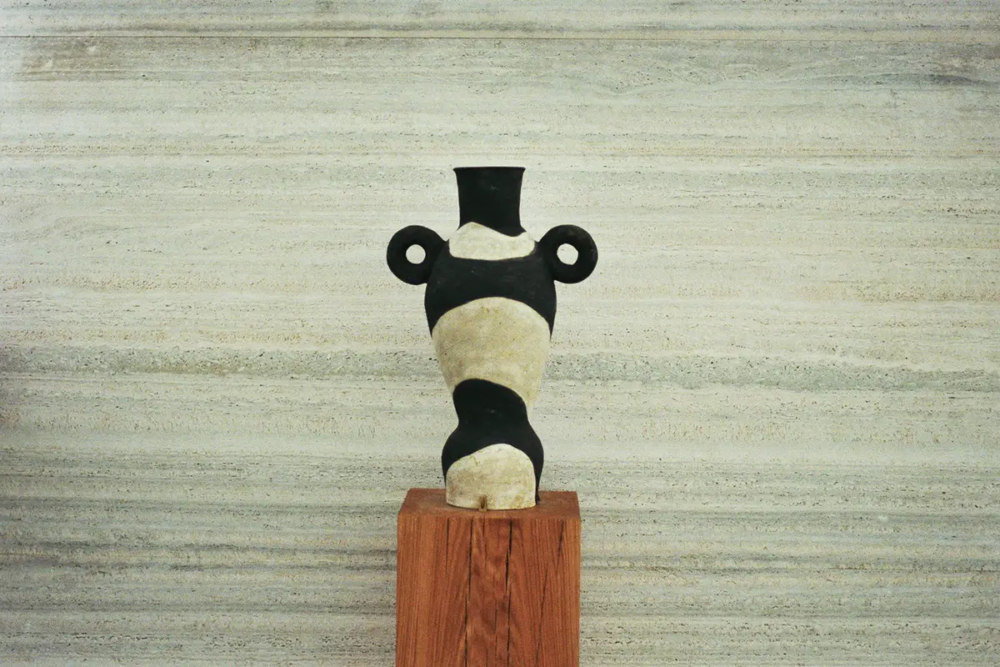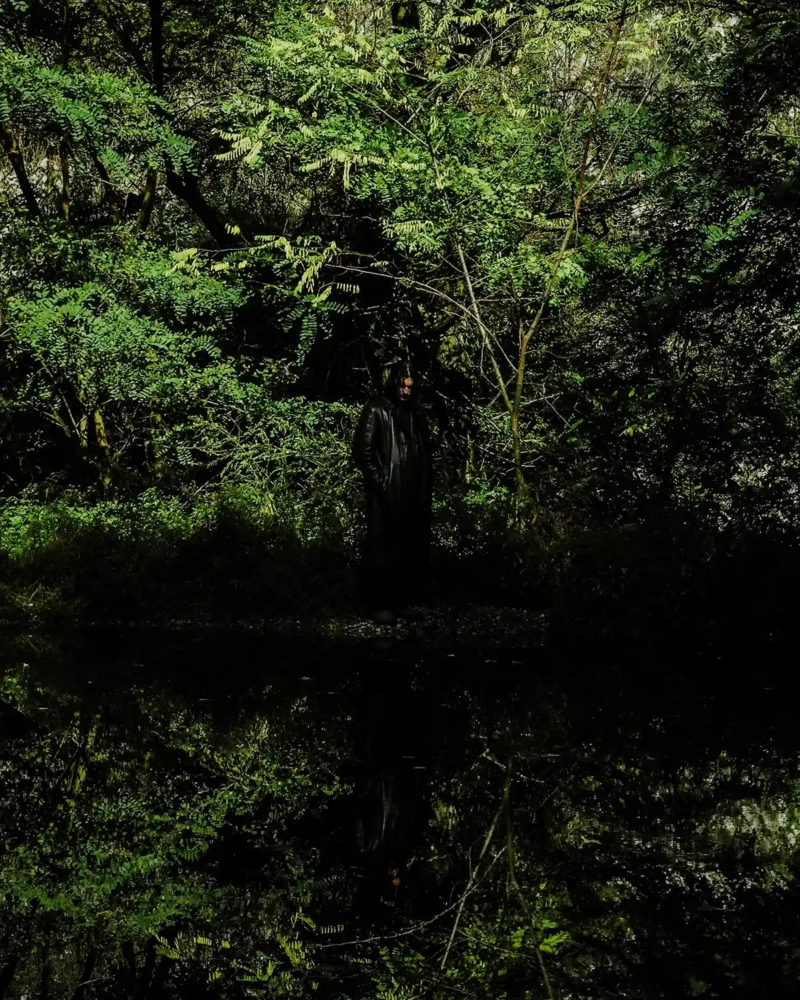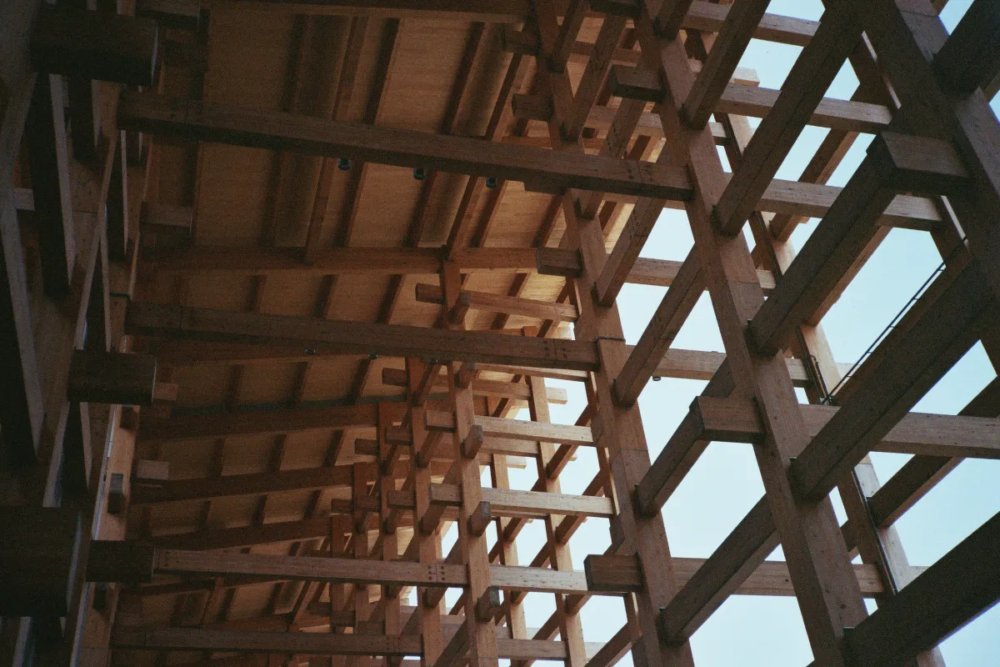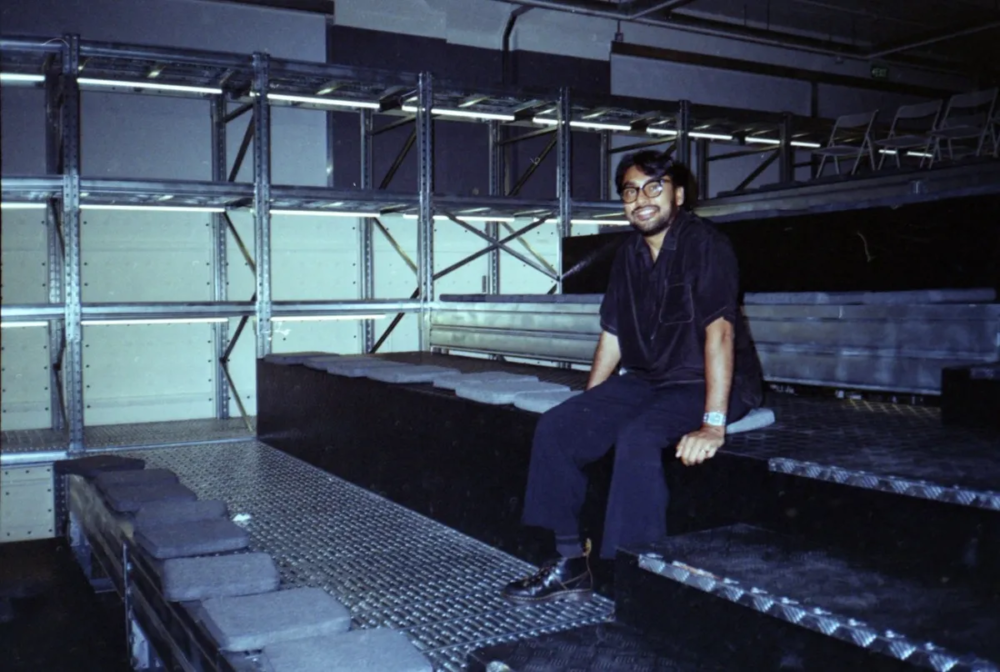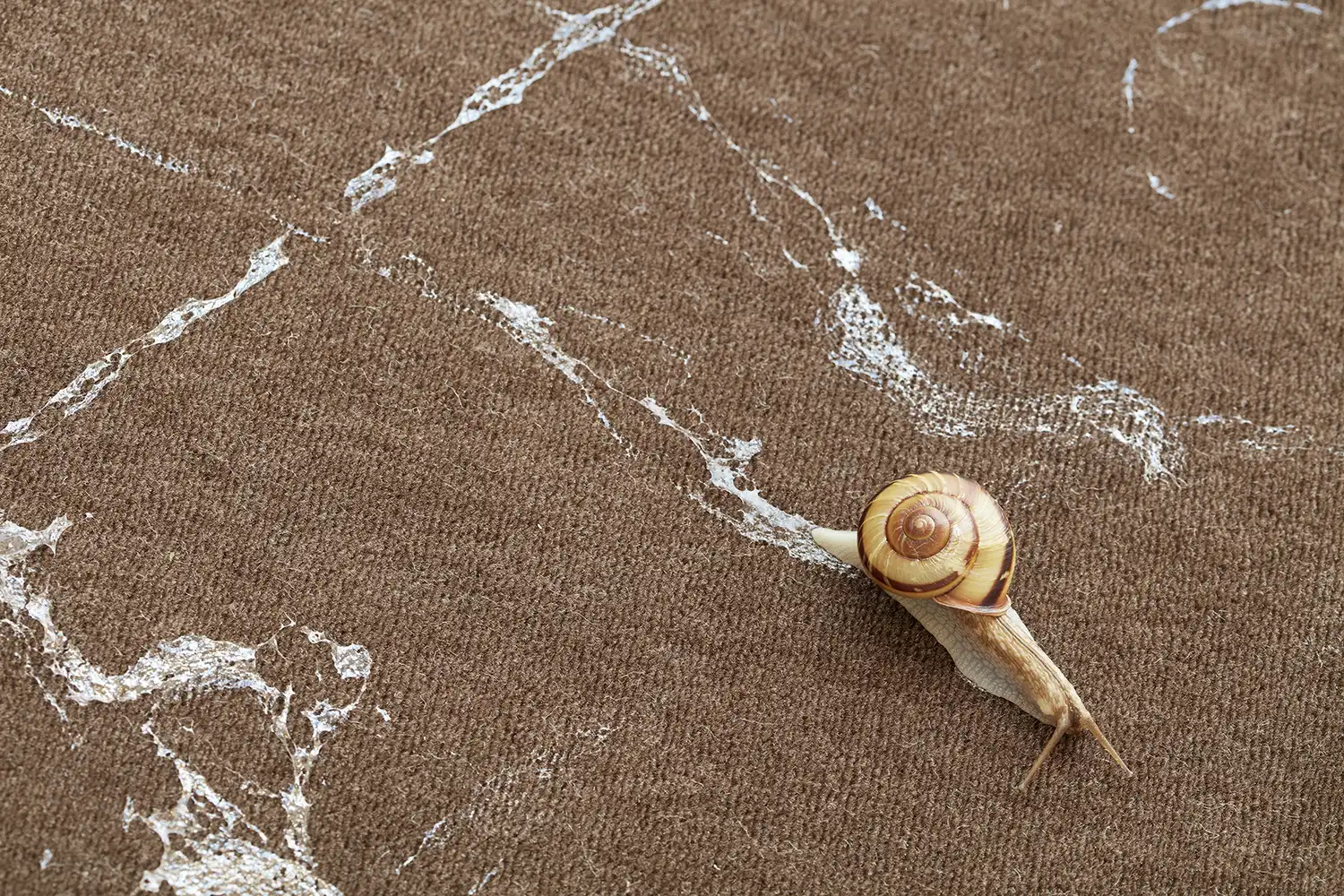
Inside a global boom of snail mucin in beauty
The great snail rush: exploring the global supply chain, ethical farming innovations, scientific research, and the cultural evolution that turned an unlikely ingredient into a cornerstone of the beauty industry
From garden pest to skincare hero: how helix and giant African snails became beauty industry staples
It might sound like something out of a fairy tale: a substance secreted by snails, slathered across the face in the name of youth, clarity, and glow. This is no myth. Snail mucin, once a niche ingredient relegated to the margins of K-beauty, has become a billion-dollar powerhouse in the global beauty industry. Behind its promises, however, lies a hidden supply chain that stretches from Thai rice paddies and Moroccan valleys to the hills of Italy and the laboratories of Seoul. At its center are not just serums and creams, but the humble snail itself—and the complex, sometimes controversial, world of snail farming.
The species at the heart of the snail mucin boom is Helix aspersa, also known as the common garden snail. Its relatives—Helix aspersa Müller, Helix aspersa maxima, and Helix pomatia—along with the giant African snail (Achatina fulica), are now being farmed by the thousands, specifically for their slime. While Helix species are popular across Europe, particularly in Italy, France, and Greece, Achatina fulica is favored in tropical regions like Thailand and Nigeria for its high mucin output. In these countries, former agricultural pests have been turned into a lucrative resource.
What makes snail mucin effective? The skin benefits and scientific backing
Snail mucin is rich in components known for cosmetic benefits: allantoïn promotes skin regeneration and healing; glycolic acid exfoliates and improves texture; collagen and elastin are associated with firmness, although their large molecules may not penetrate deeply; peptides and enzymes provide antimicrobial and antioxidant properties; and glycosaminoglycans contribute to hydration and elasticity. Scientific studies, though limited, support many of these claims. In vitro trials have shown that snail mucin stimulates fibroblast activity, improves epidermal regeneration, and enhances skin hydration and elasticity. Small clinical trials have suggested improvements in fine lines, acne scars, and post-radiation skin healing. Dermatologists remain cautious but curious: the evidence is promising, if not yet definitive.
This transformation from humble garden pest to coveted cosmetic ingredient began in Chile in the 1990s with the brand Elicina, inspired by anecdotal evidence from snail farm workers who noticed their hands remained soft and unscarred. It was South Korea that catapulted snail mucin into global consciousness in the early 2010s, with K-beauty brands like COSRX, Benton, and Mizon leading the charge. Today, the trend is thoroughly global.
How do you milk a snail? And how snail mucin is harvested: the debate between cruelty-free extraction and industrial methods
The process of extracting snail mucin is where things get slippery. There are two main schools of thought: ethical and efficient, or brutal and extractive. The so-called “cruelty-free” method involves gently stimulating the snails by hand or with a patented machine like Italy’s MullerOne, which uses an ozonated bath to coax out the slime. The procedure takes just a few minutes and allows the snails to recover for 30 days before another session. This method results in a high-quality mucin with fewer impurities and a lower mortality rate. Typically, stimulation is limited to a few minutes, as overextraction can result in dehydration and death.
Not all producers are as gentle. In some intensive farming operations, snails are submerged in saltwater or vinegar or exposed to electric shocks and centrifugal force to force them to secrete slime in panic. These practices often result in the death of the animal. Some methods boast up to 100% extraction efficiency—because the snail dies. Investigations have revealed that even brands marketing themselves as ethical were found using questionable practices behind closed doors.
Once harvested, the mucin varies in color and viscosity depending on the snail’s diet and environment. It is microfiltered and pasteurized to remove bacteria and impurities. It can then be used fresh in products or freeze-dried into a concentrated powder more suitable for export and long-term formulation.
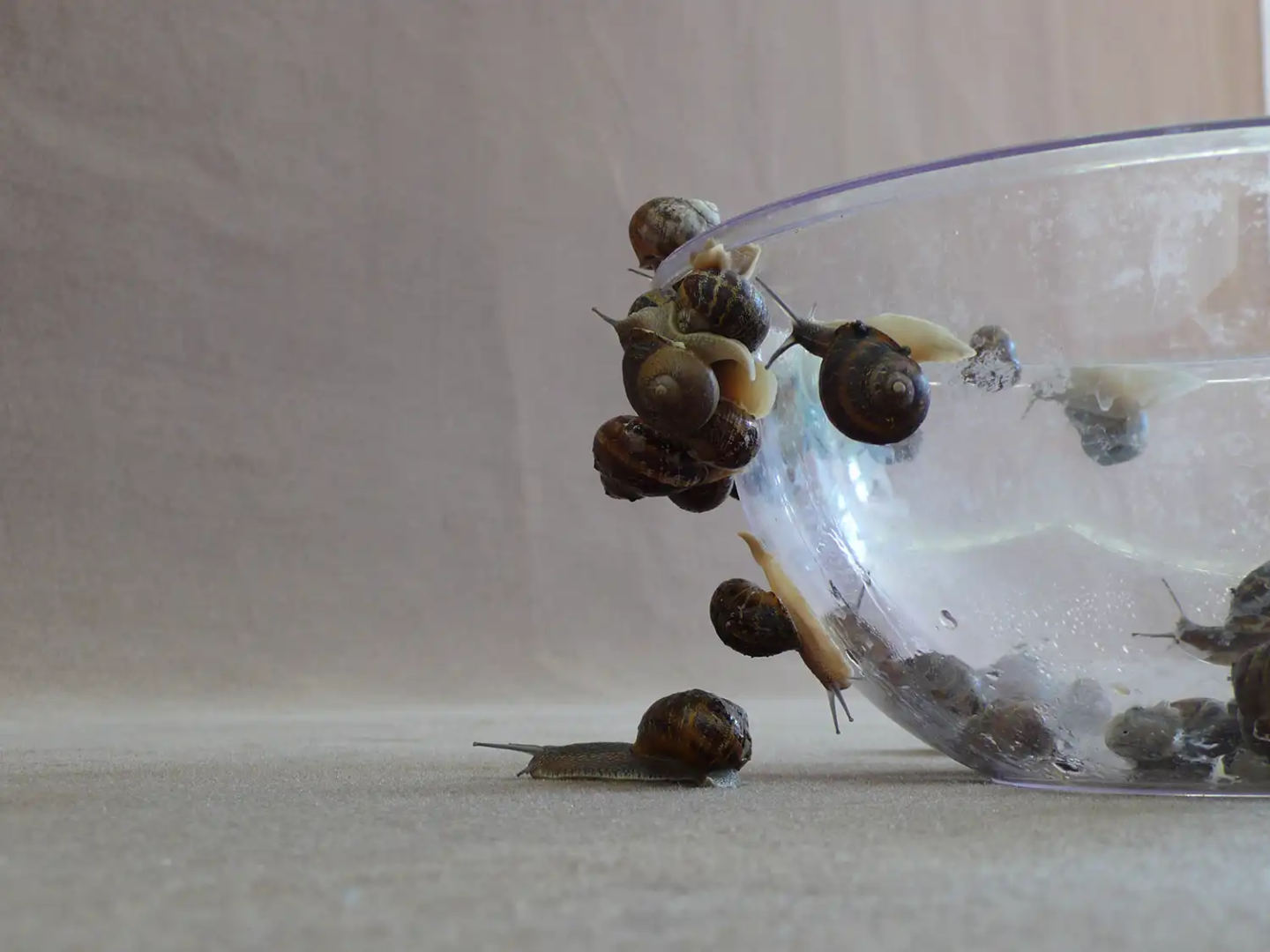
Is snail farming sustainable? exploring the environmental footprint and circular economy potential
Despite the ethical gray areas, snail farming is often hailed as a model of sustainable agriculture. Snails require little water, minimal feed (often leftover vegetable scraps), and emit far less CO2 than traditional livestock. Producing one kilogram of snail meat emits only 0.7 kg of CO2, compared to 5-6 kg for poultry and up to 18 kg for beef. The animals are ectothermic, meaning they do not need to burn energy to maintain a stable body temperature, which translates into lower energy requirements across the supply chain.
In some Italian farms, the entire snail is used: the meat for food, the mucin for cosmetics, the shells for calcium supplements or dental materials, and even the eggs for high-end caviar substitutes. Waste is minimal; the entire lifecycle is optimized for circular economy principles. Many operations run entirely outdoors, using mobile fencing and non-invasive plantings, with virtually no permanent infrastructure.
Outdoor farms with crops like clover and chard provide a natural diet and habitat and are managed without synthetic pesticides or chemical additives. Still, pests and diseases remain a challenge, and biosecurity, particularly in mixed-species environments or when dealing with invasive breeds like Achatina fulica. Escaped snails can wreak havoc on local ecosystems, making proper containment vital.
Another challenge is transparency. Many producers claim to use ethical methods but refuse to disclose exact processes, citing trade secrets. Consumers are left to trust labels and marketing language in the absence of regulatory oversight. Industry advocates are calling for clearer labeling and third-party certification schemes to distinguish truly ethical producers from those exploiting the lack of scrutiny.
Can the industry balance growth with ethics and sustainability?
As the snail mucin industry expands, it stands at a crossroads. Will it become a gold standard for sustainable and ethical beauty—or another cautionary tale of overexploitation masked by marketing?
Demand is high, prices are premium, and consumer interest shows no signs of waning. Maintaining credibility will require transparency, traceability, and a regulatory framework that currently does not exist. For now, the industry is largely self-regulated, leaving room for both innovation and abuse.
Snail mucin goes mainstream: a $1.2 billion beauty trend transforming the global cosmetics market
According to recent market data, the snail mucin cosmetic sector is now worth around $1.2 billion annually and growing fast. By 2030, it could double in value. Asia leads the charge—particularly South Korea and China—but interest is surging in North America and Europe as Western consumers warm to the once-exotic ingredient. Products like COSRX’s “Advanced Snail 96 Mucin Power Essence” and It’s Skin’s “Prestige Creme d’Escargot” have become bestsellers. In Korea, snail mucin is not a trend but a staple: COSRX claims one unit of its snail essence is sold every six seconds worldwide.
Ethical heliciculture in Europe: how Italian and French farms are redefining snail mucin production
In Italy and France, where snails were historically a delicacy rather than a skincare ingredient, a different kind of boom is underway. Over 1,000 Italian farms now raise snails for both gastronomy and cosmetics, guided by a model known as the “Metodo Cherasco.” Over 700 farms adhere to this standard, combining open-air, natural cycle farming with ethical mucin extraction using an ozonated water bath. The economic ripple effects are considerable: the Italian heliciculture sector now employs around 9,000 people but still meets only 20% of national demand.
Thailand, Morocco, and beyond: inside the high-stakes, high-value supply chain of snail slime
In Thailand, over 80 farms now extract mucin from giant African snails using so-called cruelty-free methods and export the concentrated slime to Korean and U.S. labs. One startup, Aden International, processes mucin from over 1,000 snails and sells the dried concentrate for up to $58,200 per kilo—a figure that outpaces even the price of gold. Lower-quality mucin produced under more stressful conditions, such as daily extraction, sells for around $2,600/kg. In Morocco, nearly 85% of farmed snails are exported for beauty use. Countries like Nigeria and Spain are also emerging as producers.
Worldwide, heliciculture (snail farming) is worth over $1.2 billion, and mucin is becoming a major pillar of that industry alongside gastronomy. While France remains the world’s biggest snail consumer and Italy the biggest exporter, new players like Poland and Greece are entering the field, driven by growing beauty-sector demand.
Lorenzo Zerbini

Michel Blazy
Le lâcher d’escargots is the result of a performance without an audience. Michel Blazy: “It involves releasing snails onto a velvet carpet that has been pre-sprayed with a mixture of water and beer. I put the snails back onto the carpet when they crawl off it. Also, I occasionally spray the water/beer mixture to stimulate them.”
“I often compare my activity to that of a gardener because their level of control is relative; they work with forces that exceed them. They don’t decide the weather, but they can mulch if it’s too cold. Water. They pay attention and intervene at the right moment. Their gestures protect, stimulate, encourage, and help living things develop. Through this lens, I see the role of the snails in the work more like interlocutors. My desire is to explore other ways of relating to the living world beyond the ones we currently have.”
“For this piece, snails are introduced into the exhibition space. However, most often, the living organisms present in my installations result from a process that begins with the transformation of matter. Rarely, I introduce living organisms; they arrive by themselves, attracted by the matter which offers the necessary conditions for life to develop. I would like this experience to be a moment of sensory pleasure for the snails. I imagine the velvet carpet feels pleasant to traverse. Beer is used in gardening to trap them so they don’t feed on plantings; they adore fermentation smells. In Le lâcher d’escargots, it is an offering.”
